What are bare root plants, and why are they such a brilliant investment for gardeners on a budget?
Bare root plants are trending right now – and for good reason
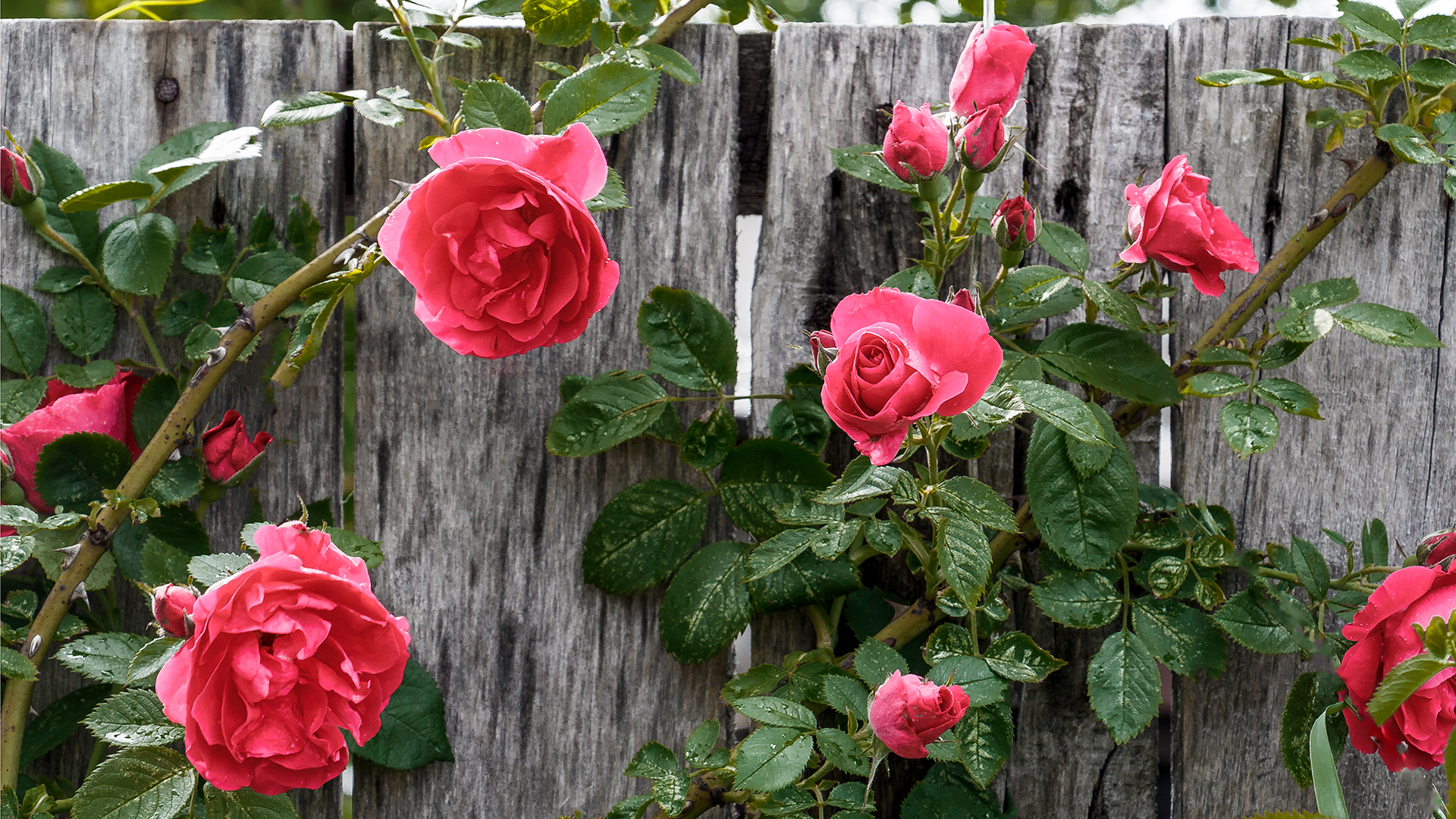

What are bare root plants? Usually sold between November and March, it's little wonder that so many of you are keen to learn more about the apparent ‘dead sticks’ on sale at your local garden centre – especially as they boast such purse-friendly price tags.
An easy way to fill your garden with some of the very best plants on offer, and for less money, you can get everything from bare root hedges and trees to bare root roses and perennials, too.
Essentially, you can get a bare root version of most of those alluring plants that will liven up your garden – although there's not much point in doing so if you haven't done your research. To that end, then...
What are bare root plants?
"Bare root plants are field grown and lifted from the ground in the dormant season, which is October to April," says Morris Hankinson of Hopes Grove Nurseries.
"The soil is shaken off the roots and they are then planted both dormant and without soil around the roots," he continues.
"They have a strong stem and root system and are light to transport – therefore making them cost-effective too."

Morris Hankinson is the founder and managing director of Hopes Grove Nurseries Ltd, the UK’s only specialist grower-retailer of hedging plants. He established the thriving business in 1992, shortly after graduating with a Commercial Horticulture Degree from Writtle College, Essex.
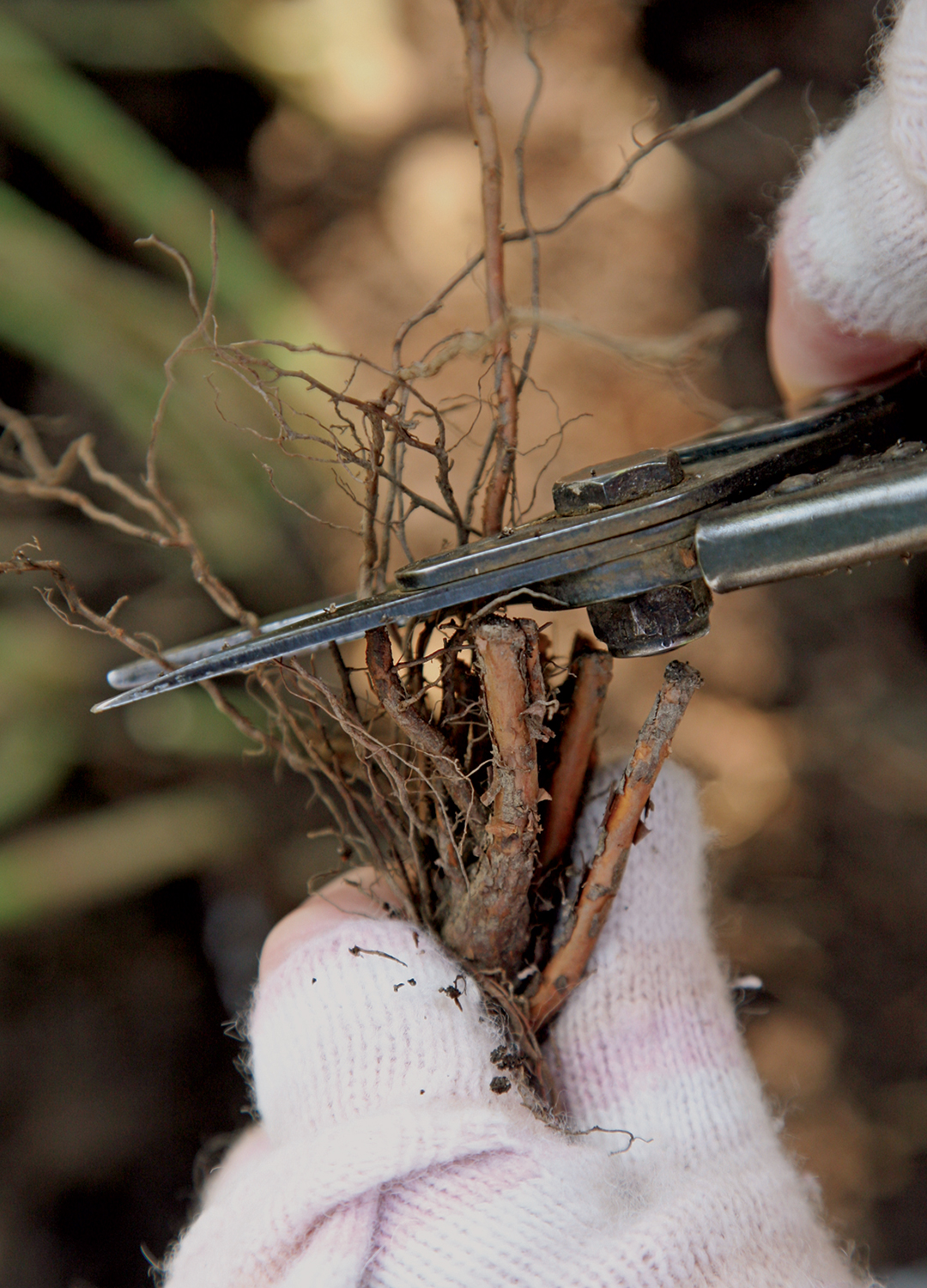
Trimming the roots of a bare root rose bush with secateurs, to prepare it for planting
The pros
As mentioned already, one of the primary advantages of bare root plants is cost-effectiveness.
Sign up for the woman&home newsletter
Sign up to our free daily email for the latest royal and entertainment news, interesting opinion, expert advice on styling and beauty trends, and no-nonsense guides to the health and wellness questions you want answered.
"Without the added expense of pots and soil, they're cheaper to produce and ship, savings that are passed on to the consumer. Additionally, there's often a wider variety available, especially when it comes to roses and fruit trees," explains Steven Bell, the CEO of Paving Shopper.
"From a horticultural perspective, bare root plants establish quickly in their new environment," he adds.
"Since they're planted directly into your garden soil, they adapt readily and often outperform their container-grown counterparts in the long run."

Steven Bell is the managing director of Paving Shopper, known for his expertise in gardening, landscaping and paving. He leads the company with a focus on quality and innovation, ensuring Paving Shopper remains a trusted source for diverse paving needs.
The cons
Bare root plants might be cheaper and easier to establish in your garden, but there are some negatives to consider. For starters, they have to be planted as soon as possible after arrival, ideally between November and March – which means there's no time to waste once you've got them home.
As they're younger and smaller than root ball plants, they also take a lot longer to grow into that show stopping plant you've been dreaming of. And, of course, you are starting the process from scratch, so some loss is to be expected.
Where to buy bare root plants
If you're excited by the prospect of bare root plants, you can pick them up from...
- Thompson & Morgan: an excellent selection of bare root plants (try the Cherry 'Sunburst' if you're in the market for a pretty fruit tree)
- Crocus: plenty of bare root plants to choose from (such as the excellent flowering species-rich hedgerow selection)
- Hopes Grove Nurseries: the place to go for bare root hedging (including English yew hedging)
- David Austin Roses: bare root roses are in their element here (inject some happiness into your outdoor space with the Bring Me Sunshine® shrub rose)
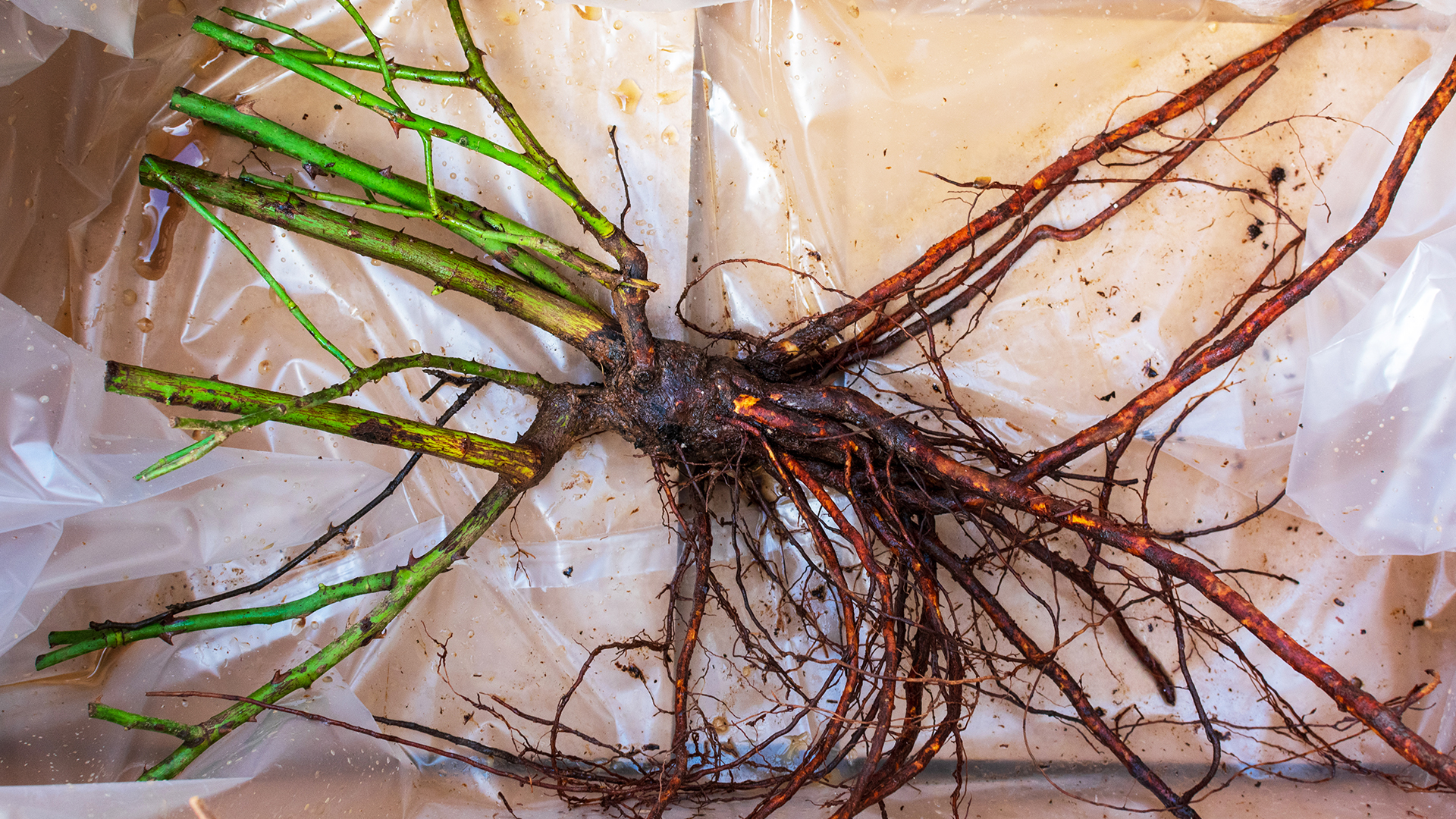
FAQs
Can you plant bare root plants straight in the ground?
When it comes to getting them in the ground, bare root plants are incredibly straightforward.
"Soaking the roots in water for a few hours before planting rehydrates them, giving them a better chance at a strong start," says Steven Bell of Paving Shopper.
"When planting, it's important to spread out the roots in the hole and cover them well with soil, ensuring there are no air pockets. Watering thoroughly after planting and adding a layer of mulch helps retain moisture."
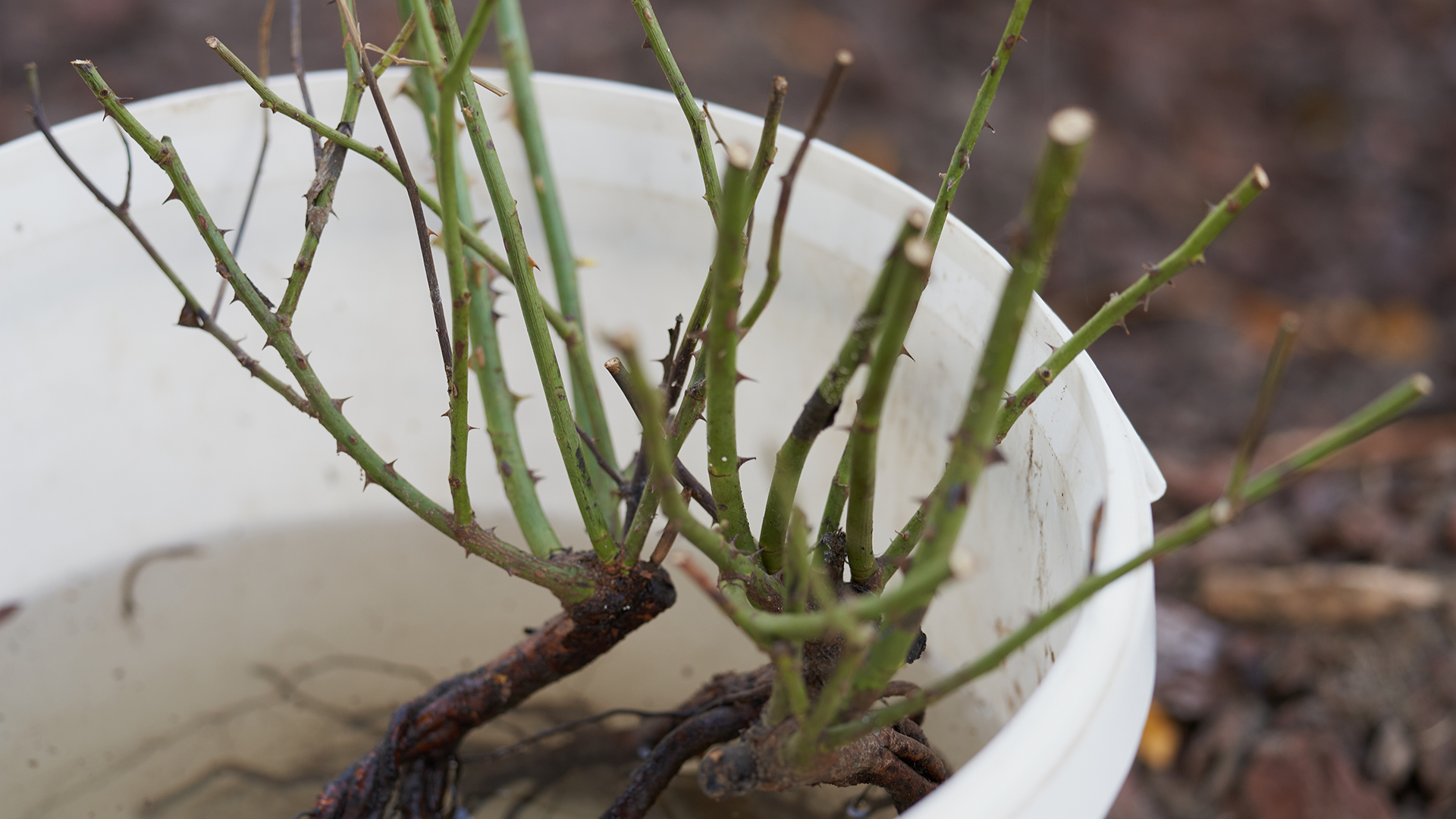
When should I buy bare root plants?
Bare root plants are typically available during dormancy, from late autumn to early spring, and that is exactly when you should buy them – particularly as they need to be planted as soon after purchasing as possible.
Why are bare root plants good?
Not sure why bare root plants are good? There are plenty of reasons to invest, not least of all because "bare root plants are not just cost effective, but very easy to handle and plant," says Morris Hankinson of Hopes Grove Nurseries.
"Typically, they are small, but can be larger – for example, our bare root hedging plants vary in size between 20cm up to 200cm, depending on the species and age. Bare root plants tend to establish well in a new situation and are perfect if you are gardening on a small budget."
Why are bare root plants so cheap?
Bare root plants are so cheap because they are smaller and delivered without a root ball of soil, making them much easier to transport.
"There are a smaller number of inputs needed for the plants and are by far the most economical and environmentally friendly way to establish a new hedge or plant a new herbaceous perennial border," says Morris Hankinson of Hopes Grove Nurseries.
If you're willing to be patient with, then, it seems bare root plants are a fantastic investment for any outdoor space.
"For those looking to plant hedges or start an orchard, bare root plants offer an economical and efficient solution. Their dormant state reduces transplant shock, leading to healthier growth come spring," promises Steven.
Throw in the fact that you can bulk buy for a fraction of the cost of root ball plants, and you have more than enough reasons to get shopping.

Kayleigh Dray is an experienced writer and editor within the world of digital journalism. She kicked off her career in magazines with Cosmopolitan as a news writer. Kayleigh then went on to become part of the digital editorial team at Closer, before a successful seven-year stint at Stylist, where she took command as the site’s editor and editor-at-large.
Nowadays, Kayleigh can be found freelancing for a myriad of titles including Woman & Home, along with a role at Ideal Home where she waxes lyrical about her true love: gardening. She is currently giving her own backyard a woodland-inspired makeover – and there have been whispers of a vegetable plot, too.
-
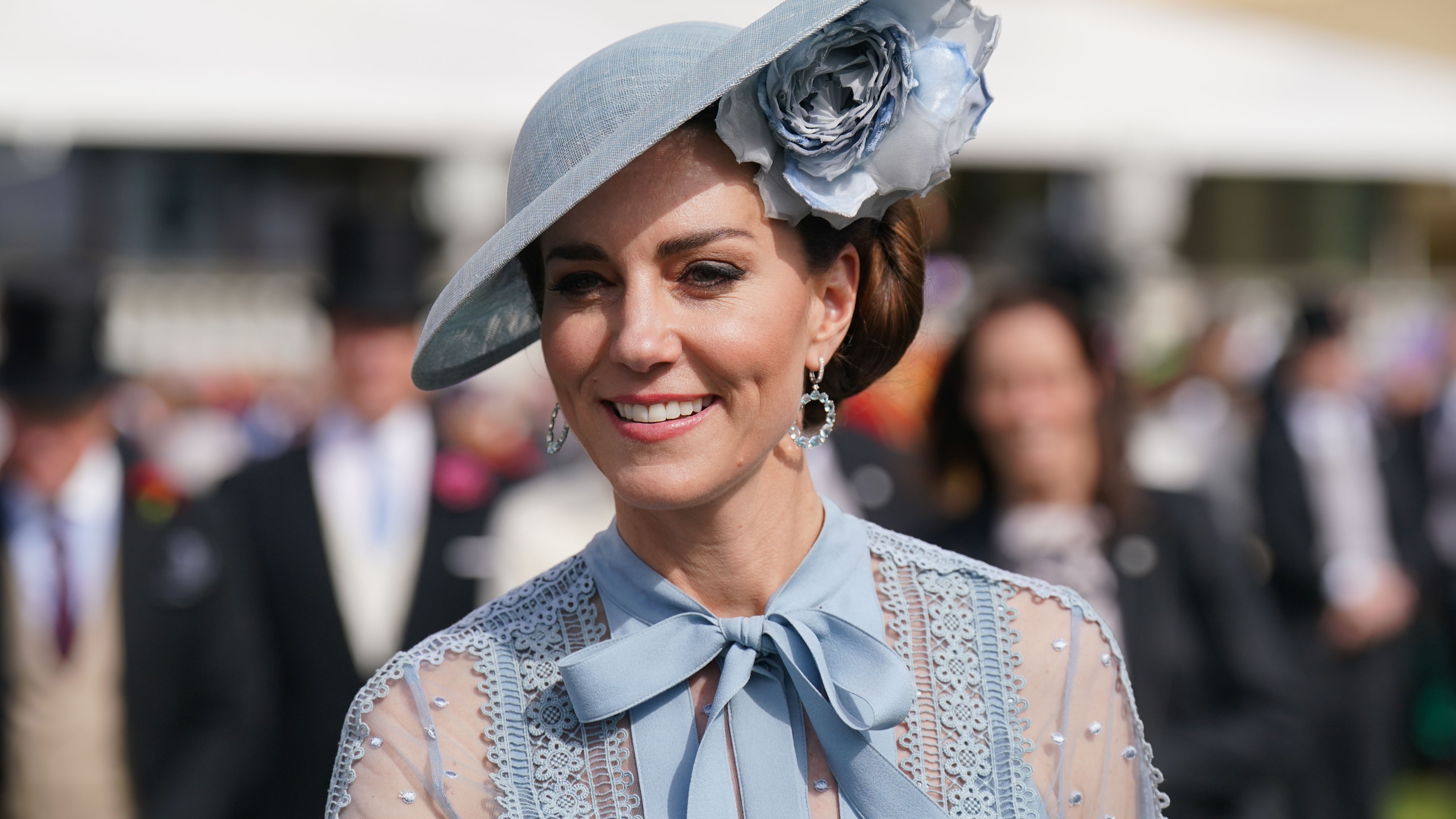 Kate Middleton's go-to bag for special occasions is a wedding season essential you'll reach for time and time again
Kate Middleton's go-to bag for special occasions is a wedding season essential you'll reach for time and time againThe Princess of Wales always reaches for the same elegant style of bag for formal events and it works beautifully for weddings.
By Emma Shacklock
-
 Dr Amir Khan reveals the 5 symptoms you should 'never' ignore, no matter how 'vague' they are
Dr Amir Khan reveals the 5 symptoms you should 'never' ignore, no matter how 'vague' they areDr Amir Khan, a GP who often appears on ITV's Lorraine, took to Instagram this week to share the symptoms he'll always take a second look at
By Grace Walsh
-
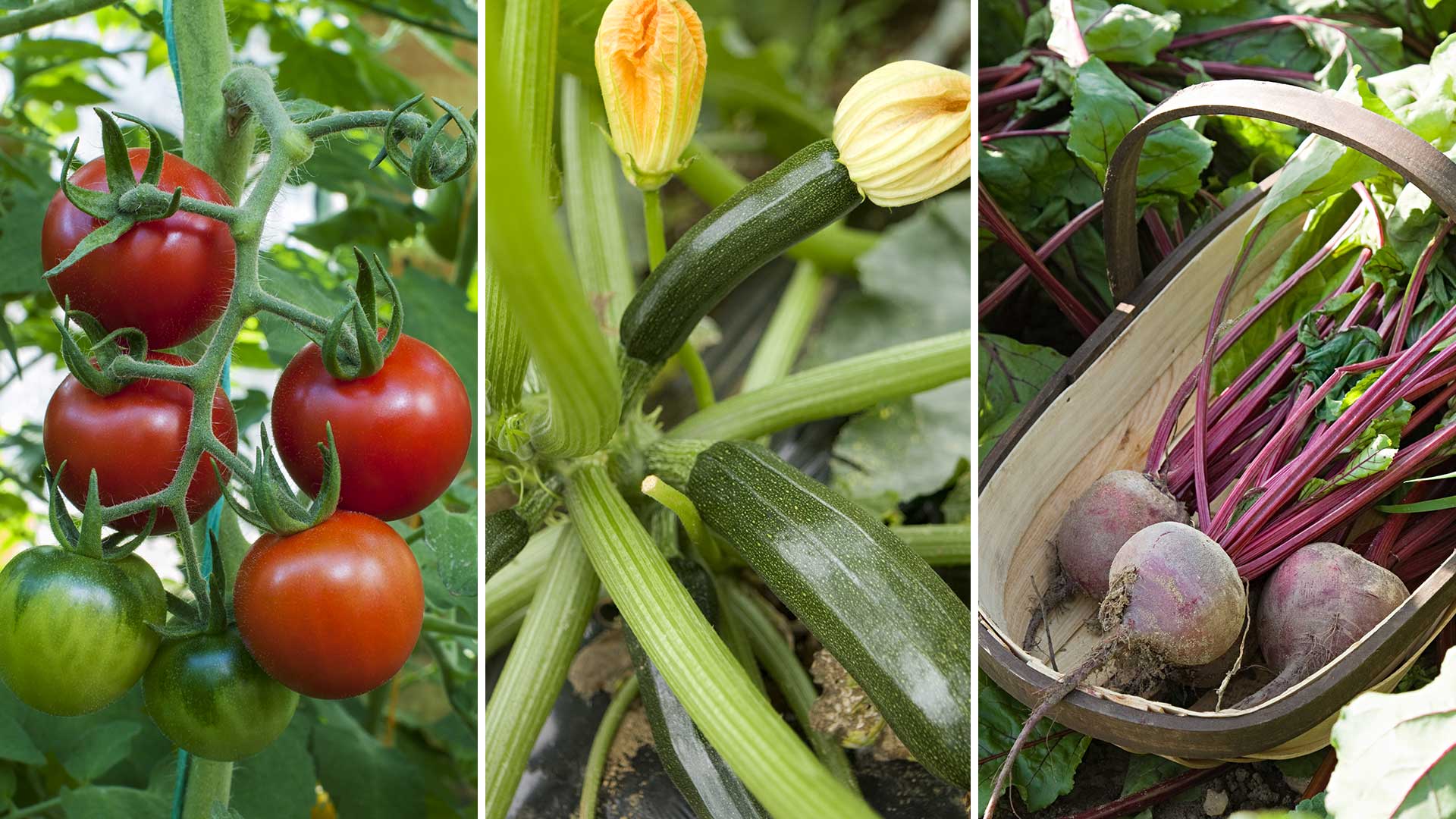 Vegetables to plant in April: 8 crops to start now for a delicious harvest later in the year
Vegetables to plant in April: 8 crops to start now for a delicious harvest later in the yearDiscover which vegetables to plant in April, and top tips for growing success
By Holly Crossley
-
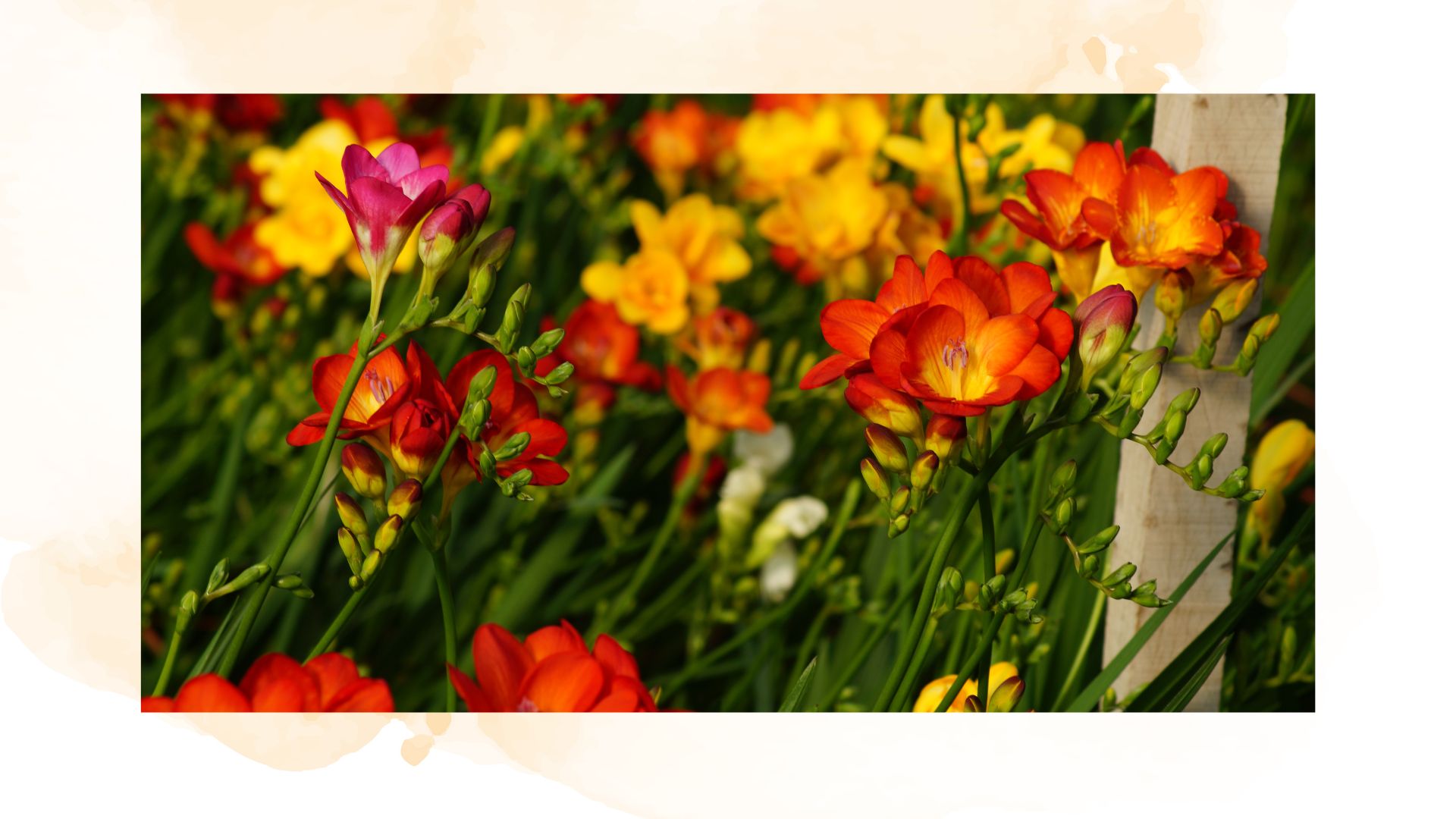 How to plant freesia bulbs: easy steps for colourful summer blooms
How to plant freesia bulbs: easy steps for colourful summer bloomsIf you're looking to add some vivid colour and life to your garden, freesias are the perfect choice
By Emily Smith
-
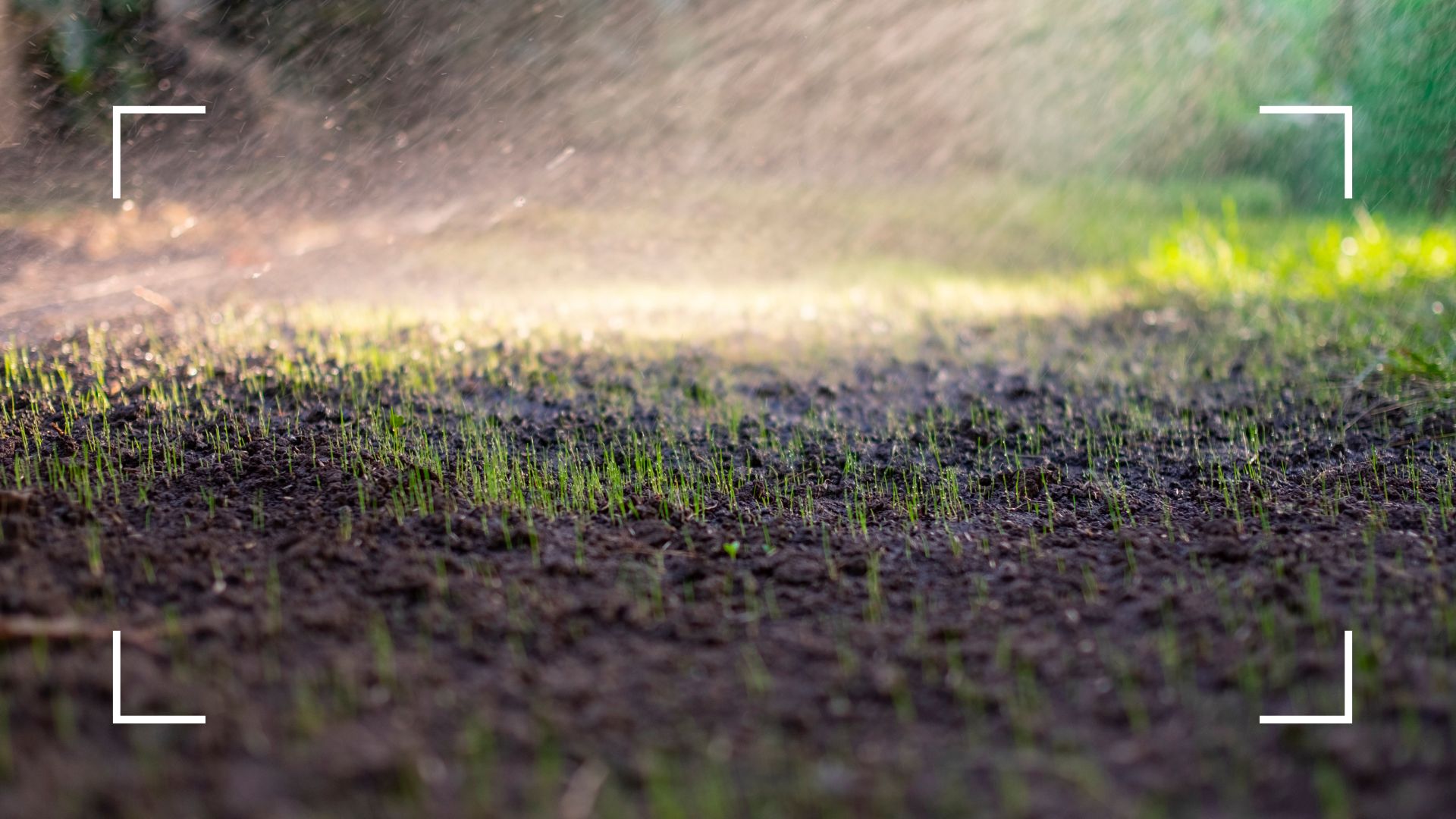 Gardening experts reveal how often you should water grass seed for a luscious lawn this summer
Gardening experts reveal how often you should water grass seed for a luscious lawn this summerWant your lawn to be looking its best by the time summer rolls around? You'll need to make sure you're watering it the perfect amount
By Emily Smith
-
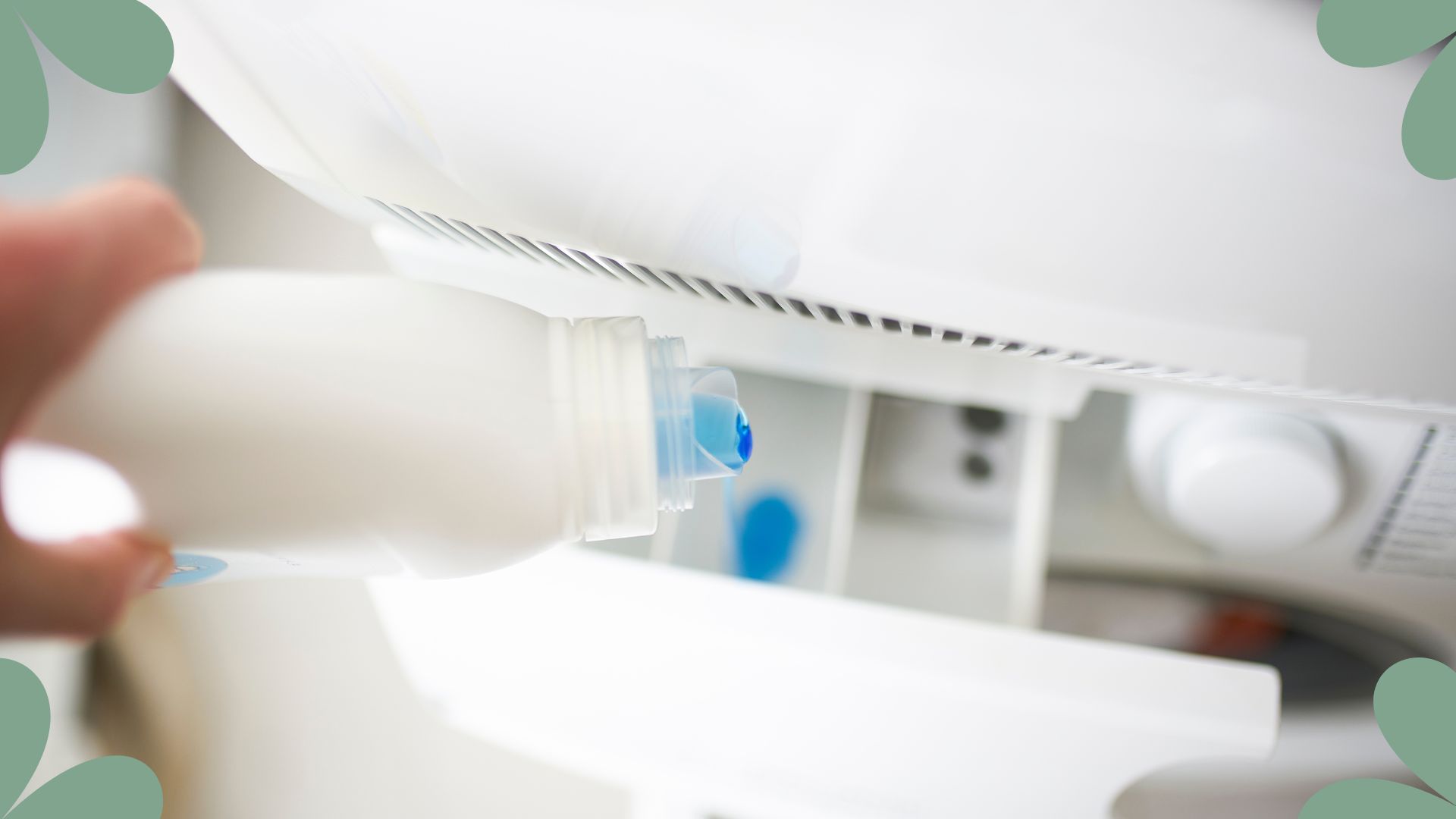 Lynsey Crombie reveals the surprising laundry mistake leaving your clothes smelling 'stale and nasty'
Lynsey Crombie reveals the surprising laundry mistake leaving your clothes smelling 'stale and nasty'Do your clothes smell unpleasant even after you've washed them? It could be your fabric conditioner
By Emily Smith
-
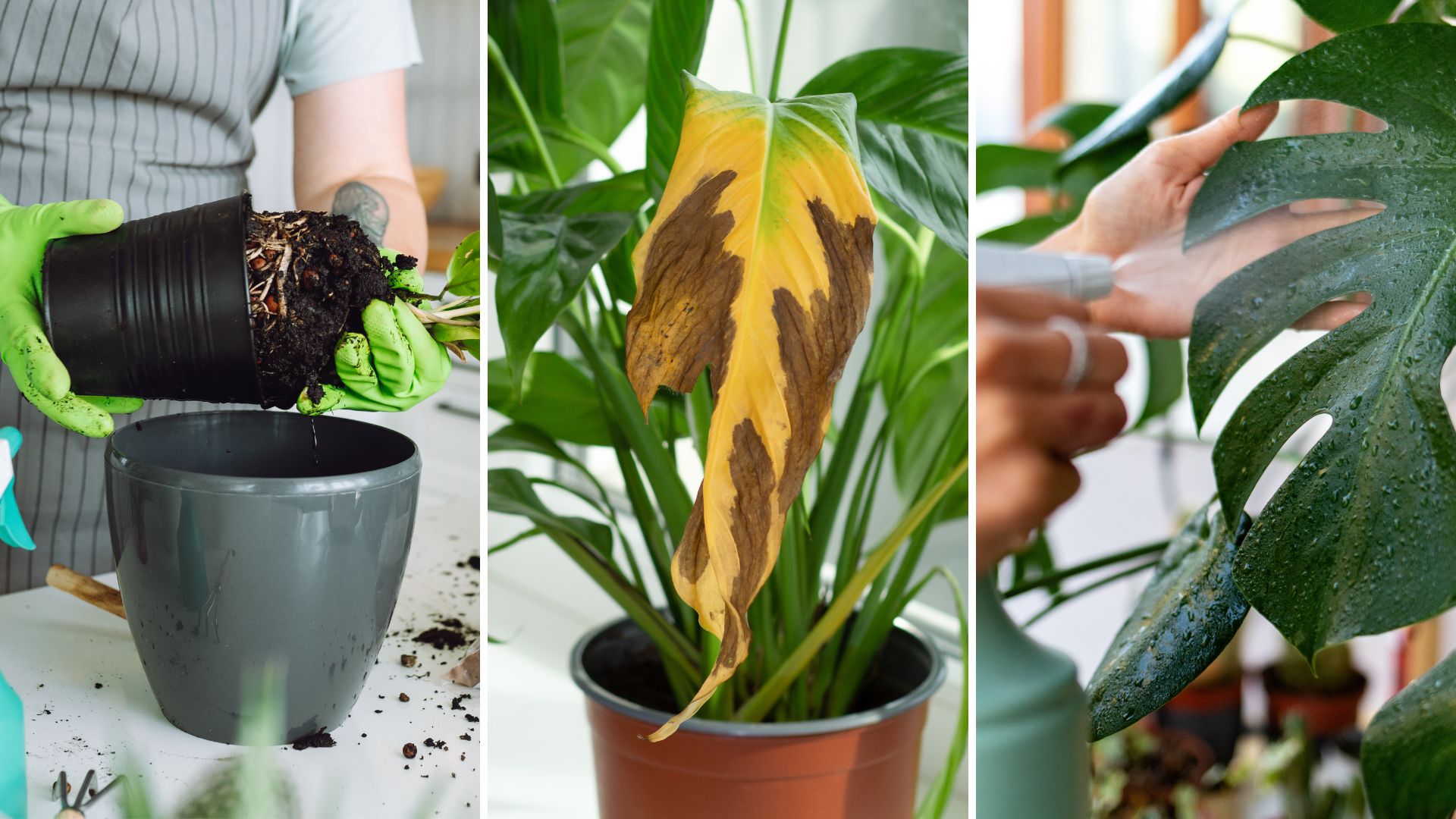 6 common houseplant myths to ignore, warn horticulture experts
6 common houseplant myths to ignore, warn horticulture expertsThese common misconceptions about caring for indoor plants might surprise you – they feel perfectly logical
By Emily Smith
-
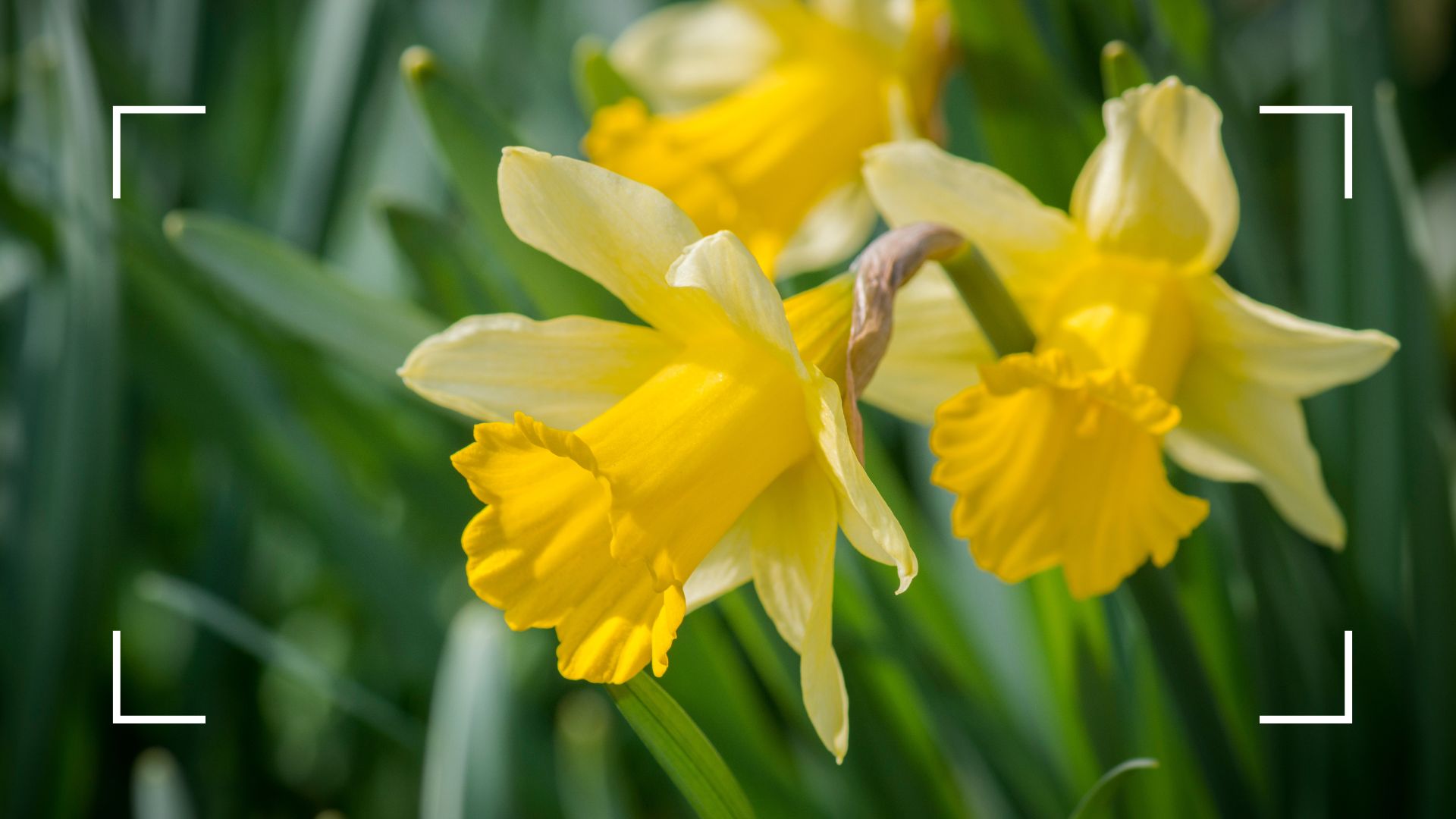 Should you deadhead daffodils? Gardening experts share their advice for longer-lasting blooms
Should you deadhead daffodils? Gardening experts share their advice for longer-lasting bloomsThese butter-yellow flowers are one of the first signs of spring, but should you deadhead or leave them be?
By Emily Smith
-
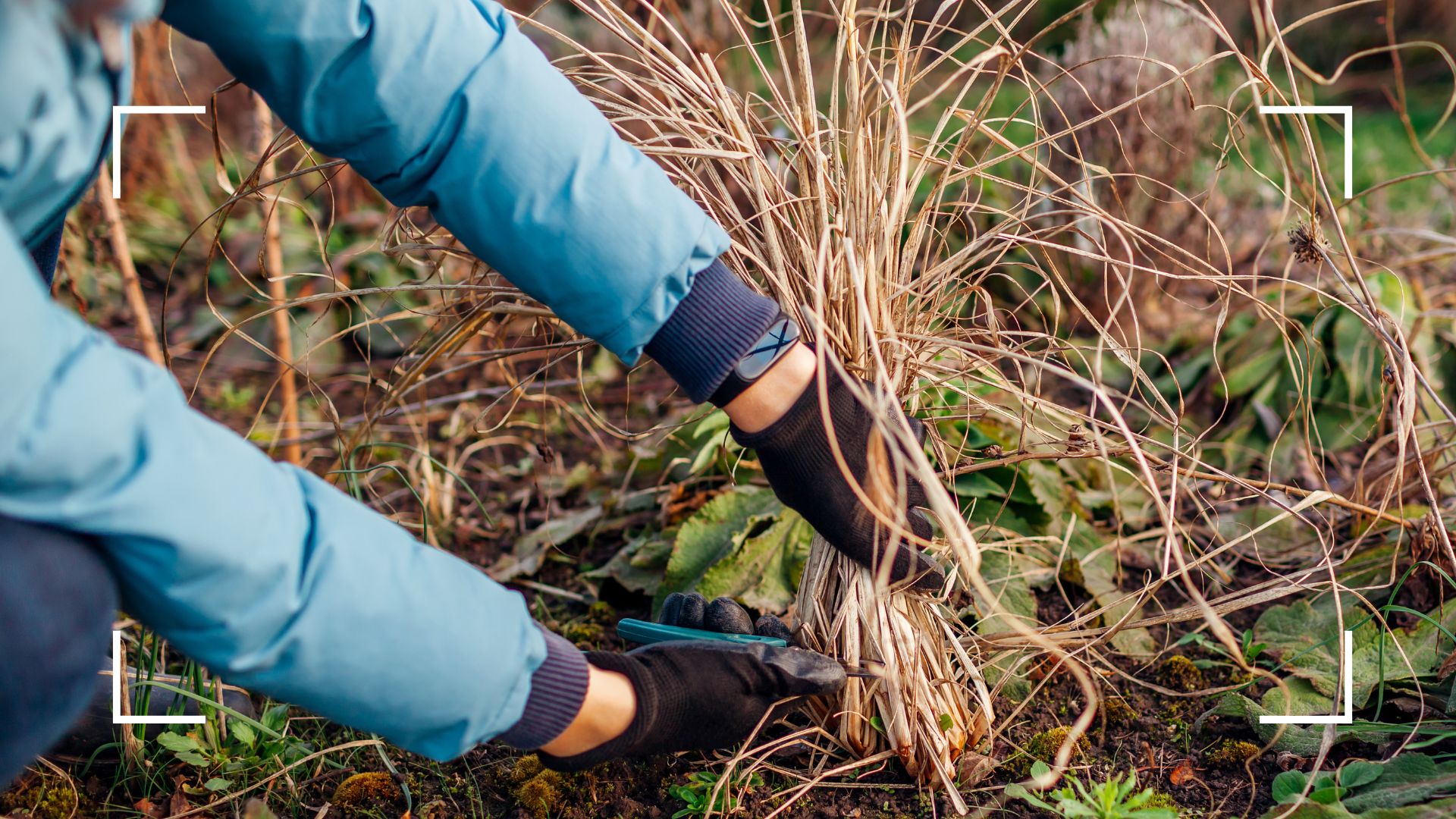 It's time to cut back ornamental grasses, and the expert team at Sarah Raven are here to help
It's time to cut back ornamental grasses, and the expert team at Sarah Raven are here to helpWith spring well and truly here, the team share their top tips to get ornamental grasses ready for new growth
By Emily Smith
-
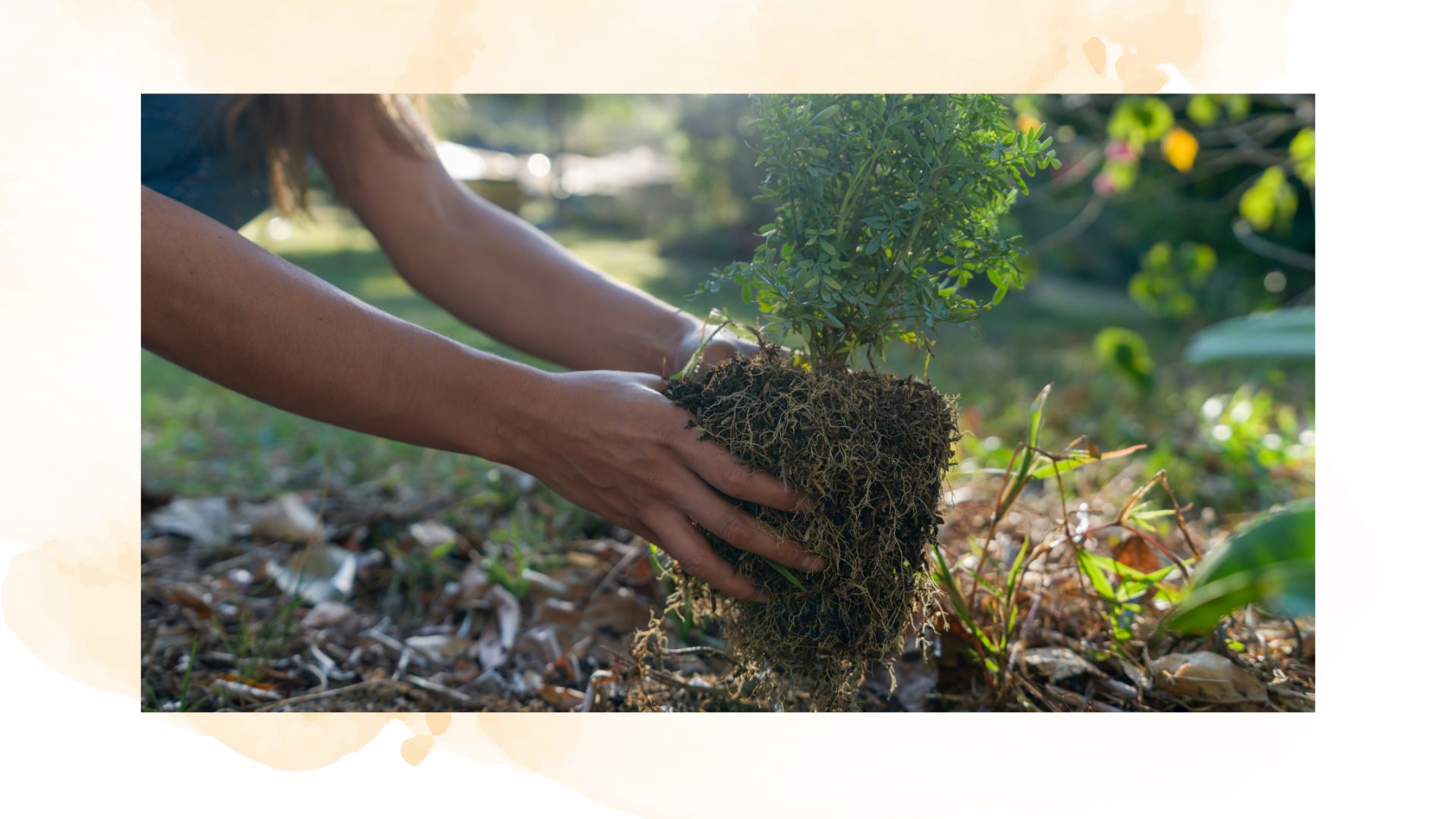 Monty Don's 'genius' planting trick gives outdoor plants the best chance of thriving
Monty Don's 'genius' planting trick gives outdoor plants the best chance of thrivingThis mess-free trick will make planting seamless - and give your plant a great headstart
By Emily Smith